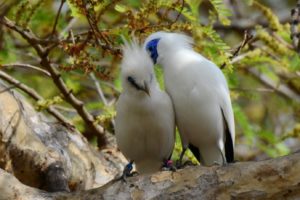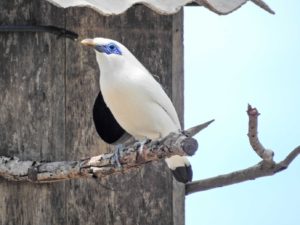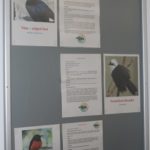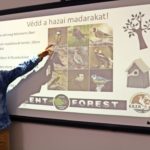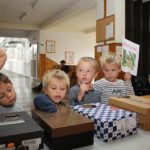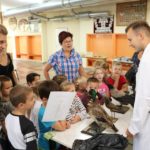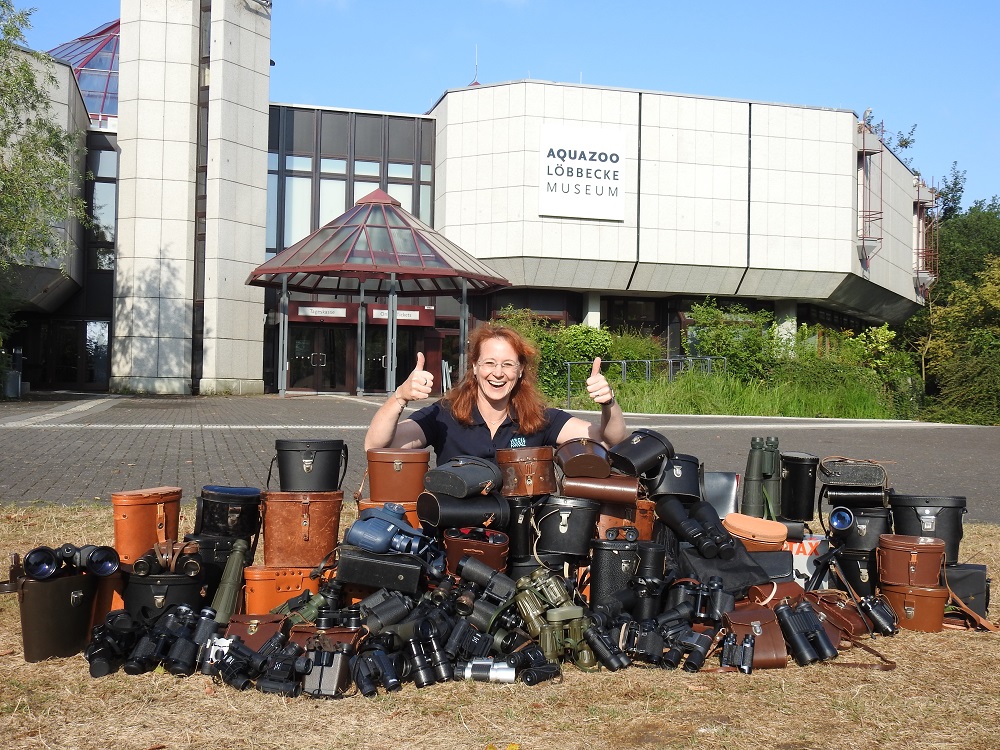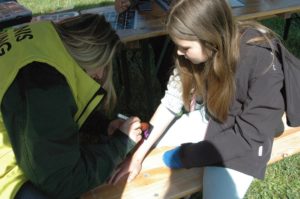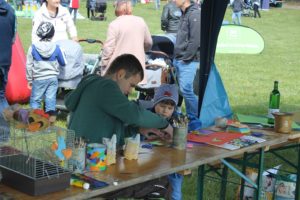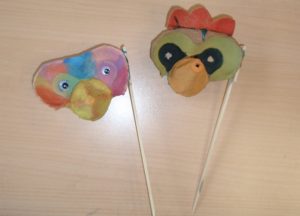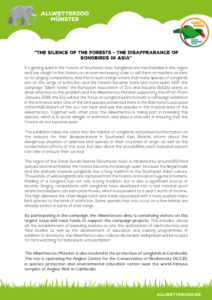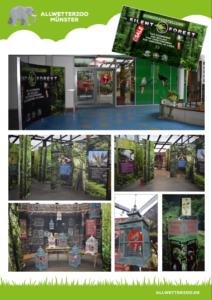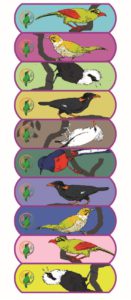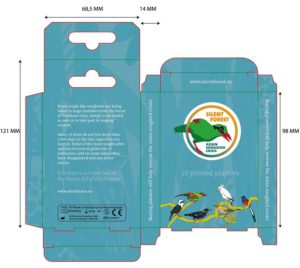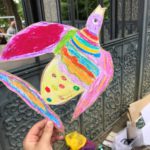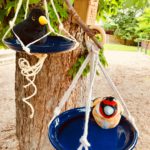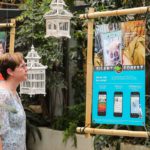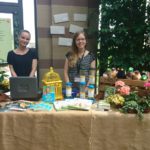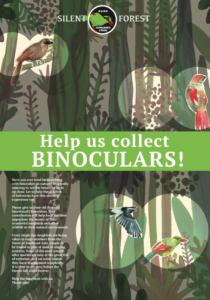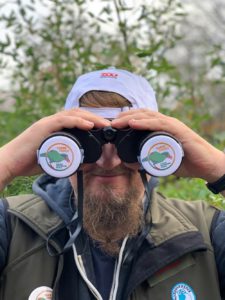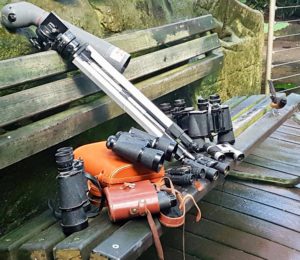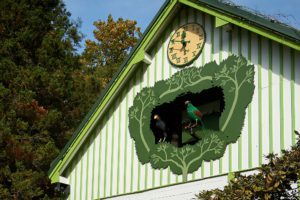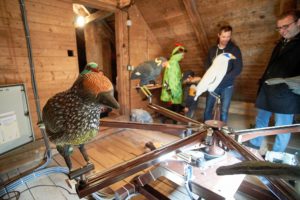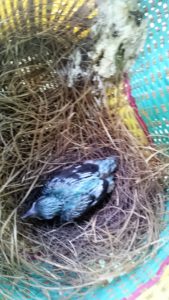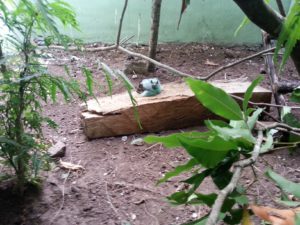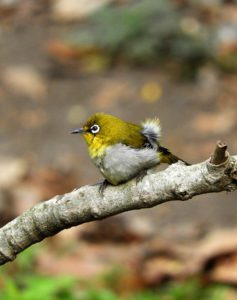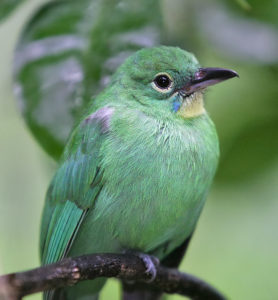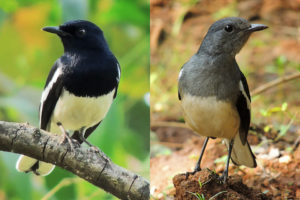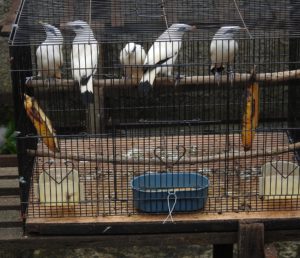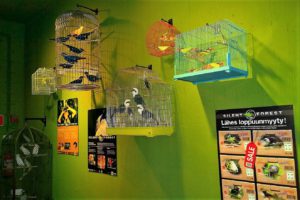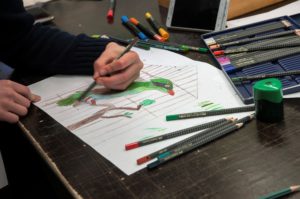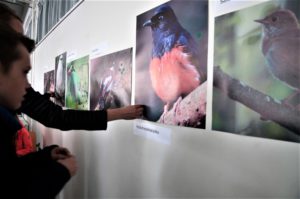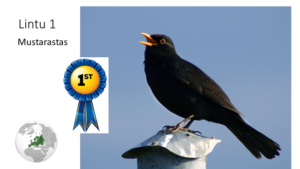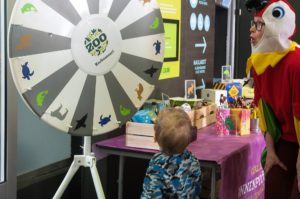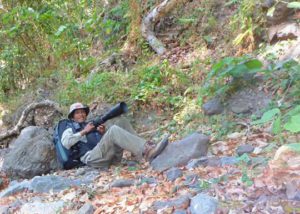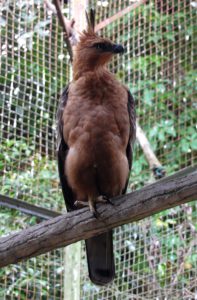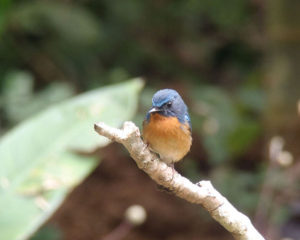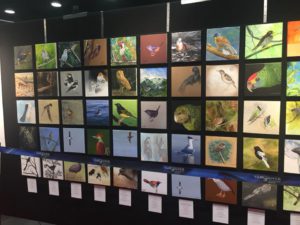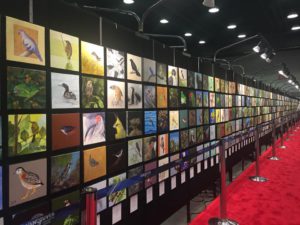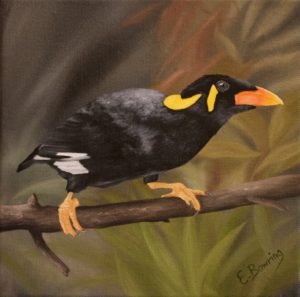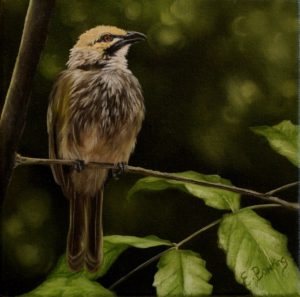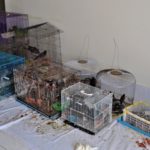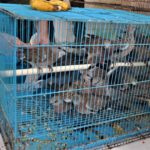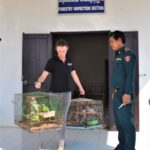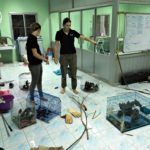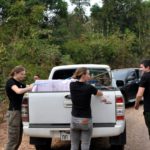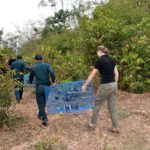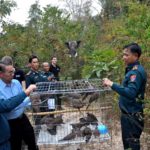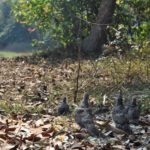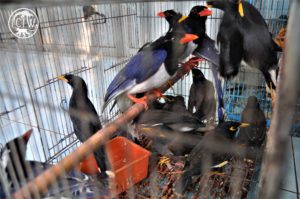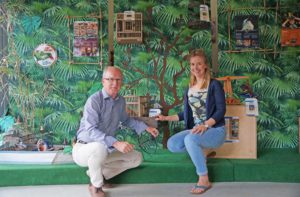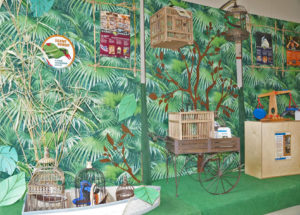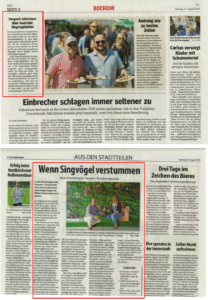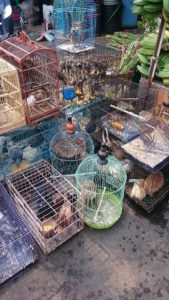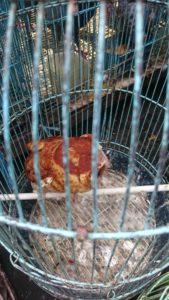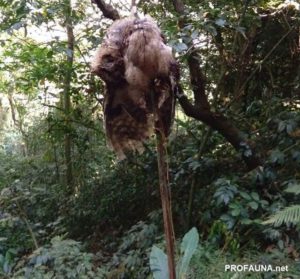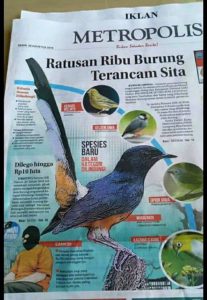Author: Prof. Stuart Marsden
What project-related developments, either directly or indirectly, took place the past months?
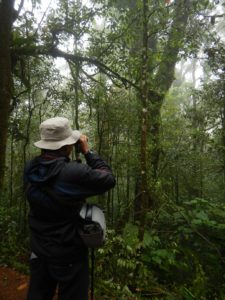
Fieldwork for the project is underway at one of the two project study areas, with the remaining areas to be surveyed towards the end of 2019 and in 2020. Surveys were implemented at two sites on Patuha in February and March 2019. Fauna were surveyed using 20 camera traps, 14 audio recorders and walking transects. Camera traps and audio recorders were deployed for 4 days at each site, recording continuously for 24 hours. Equipment was placed approximately every 200 m along existing trails (audio recorders were placed 2-5 m off the trail, whereas camera traps were focused on trails, or clearings). Walking surveys were conducted along 16 km of trails over 4 days per site, surveying for birds and primates. At each audio recorder, and for key bird species, a vegetation survey was also carried out. Vegetation surveys aim to assess the structure (and some key species) of the habitat, with measures also relating to habitat condition (e.g. presence of tree stumps). Evidence of bird trapping was also collected during habitat surveys and on an ad hoc basis across the study site. Amphibians were surveyed along nocturnal transects following streams. A prior study also estimated forest loss between 1990 and 2015 across the study area.
Can you please give us a short status update on objectives and goals you specified in your project proposal?
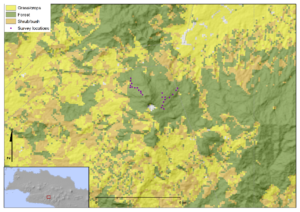
Forest cover across the Patuha study area was estimated at 3,400 ha, with over 2,200 ha of forest remaining over 1,000 m in altitude. Forest loss between 1990 and 2015 has averaged around 3%, with slightly more forest lost at higher altitudinal bands. A total of 114 bird species and mammal species have been recorded on Patuha to date, including 4 globally threatened birds (Javan Hawk-Eagle, Javan Trogon, Javan Cochoa, Javan Scops-owl), 11 Near Threatened, and 3 globally threatened mammals (Grizzled Leaf Monkey, Ebony Langur and Leopard).
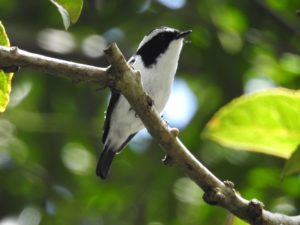
On the Indonesian protection list, 19 birds, and 7 mammals were recorded. The 5 most common birds on Patuha, as determined by the encounter rates on the walking transects, were Javan Tesia, Pied Shrike-vireo, Sunda Warbler, Pygmy Cupwing and Little Pied Flycatcher, with values of 2.16, 1.69, 1.69, 1.45, 1.39 groups/hour, respectively. In contrast, the highest encounter rate of a globally threatened species was 0.22 groups/hour for Javan Cochoa.
Additionally, volunteer students from nearby universities, taking part in surveys, have had excellent opportunities to learn about survey methods (both traditional transects and high tech automated recording equipment) from the experienced project team, including one of the leading experts on Javan ornithology, and author of the definitive bird guide for the region, Bas van Balen.
What activities are planned/ scheduled for the next three months?
Further surveys are planned in 2020 after the rainy season has finished. Also, further data analysis will take place, including a more detailed analysis on bird and mammal occupancy from the automated recorders.

